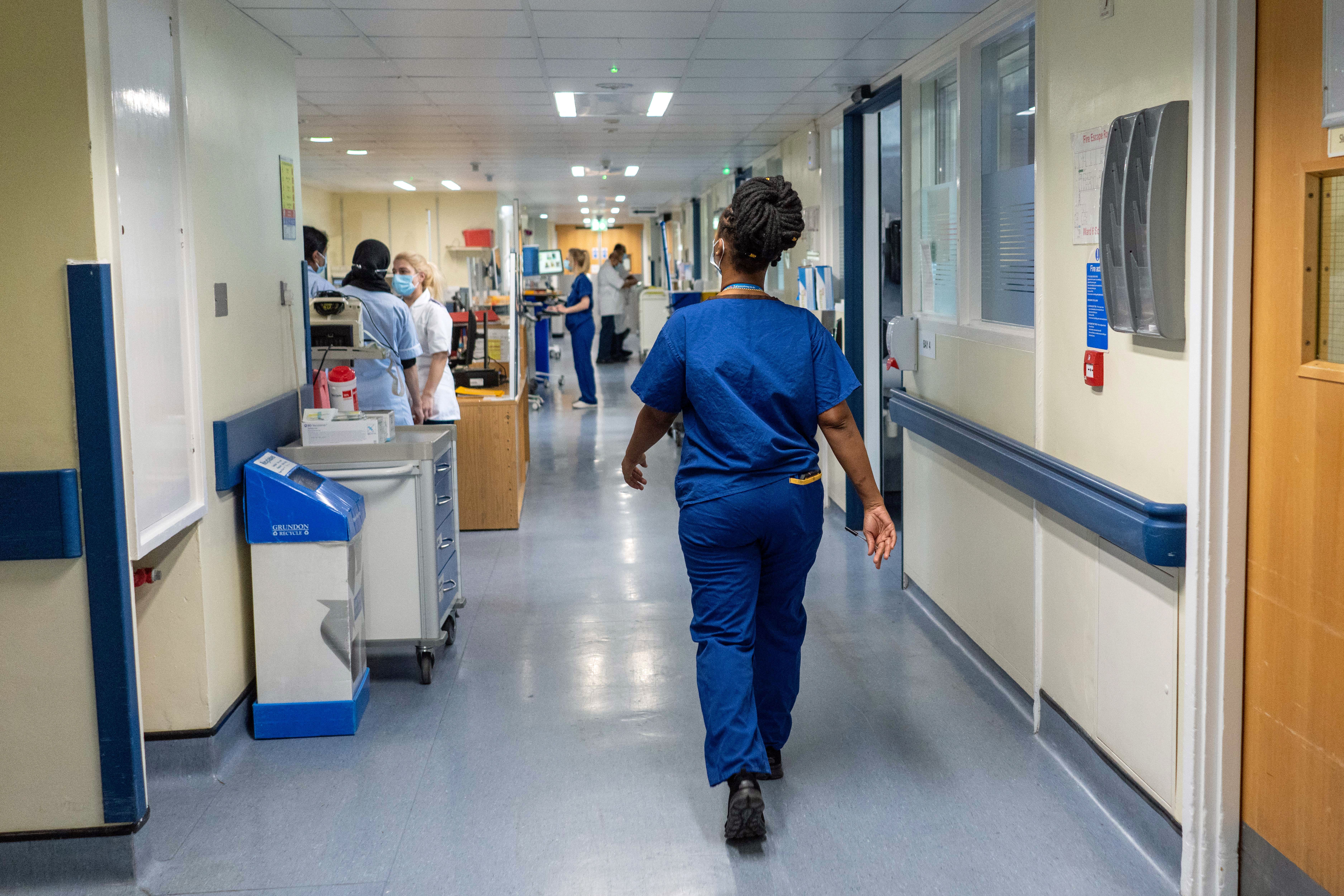Personalised brain stimulation could reduce Parkinson’s symptoms – study
The treatment works with medications that Parkinson’s patients take to manage their symptoms.

A brain implant can help people with Parkinson’s disease deal with movement problems during the day and insomnia at night, new research suggests.
The study found that the device, which is controlled by brain activity, could provide personalised continual and improved treatment for the symptoms in some people with the condition.
When the implant detects changes in symptoms from brain activity, it releases pulses of electricity.
This is the future of deep brain stimulation for Parkinson’s disease
The treatment works with medications that Parkinson’s patients take to manage their symptoms, giving less stimulation when the drug is active, and more stimulation as the drug wears off, to prevent stiffness.
Megan Frankowski, programme director for the USA’s National Institutes of Health’s Brain Initiative, which helped fund this project, said: “This study marks a big step forward towards developing a DBS (deep brain stimulation) system that adapts to what the individual patient needs at a given time.”
Professor Philip Starr, from the University of California, San Francisco, said: “This is the future of deep brain stimulation for Parkinson’s disease.”
DBS involves implanting electrodes into the brain at specific locations.
These wires then deliver electrical signals that can help mitigate the symptoms of brain disorders such as Parkinson’s.
Conventional DBS provides a constant level of stimulation and can also lead to unwanted side effects, because the brain does not always need the same strength of treatment.
But the new treatment, adaptive DBS (aDBS) uses data taken directly from someone’s brain and uses artificial intelligence to adjust the level of stimulation in real time as the person’s needs change over time.
In the study, published in Nature Medicine, four people already on regular DBS were asked which symptom bothered them the most despite treatment, before being given the new treatment.
Researchers found that aDBS improved each person most problematic symptom by roughly 50% compared to conventional DBS.
This project is a continuation of several years of work led by Prof Starr, and colleagues at the University of California, San Francisco (UCSF).
In 2018 they reported the development of an adaptive DBS system, referred to as a “closed loop” system, that adjusted based on feedback from the brain itself.
In 2021, they described their ability to record brain activity in people as they went about their daily lives.
Here, those two findings were combined to use brain activity recorded during normal life activities to drive the aDBS system.
UCSF researchers led by Simon Little, conducted a separate trial to look at Parkinson’s related insomnia, that included four patients with Parkinson’s and one patient with dystonia, a related movement disorder.
In their paper published in Nature Communications, the researchers found that the device could recognise brain activity associated with various states of sleep.
They also found that it could recognise other patterns that indicate a person is likely to wake up in the middle of the night.
Researchers say there is still some way to go before this therapy can be more widely available.
The initial set-up of the device requires considerable input from highly trained clinicians, but the experts envision a future where most of the work would be managed by the device itself.